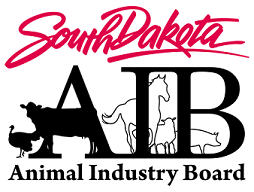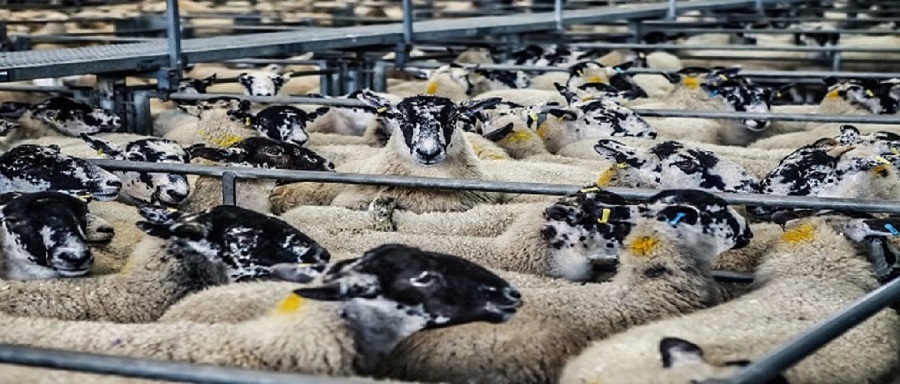Small Ruminant Health
Reporting of Diseases
Ram Epididymitis (Brucella ovis)
Brucella ovis (B. ovis) is a bacterial disease that affects sheep. B. Ovis is an economically important casue of epididymitis, orchitis and impaired fertility in rams.
A flock infected with B. ovis may experience decreased pregnancy rates due to ram infertility, abortions, and increased lamb mortalility at lambing time.
The sheep industry and the Animal Industry Board implemented a Ram Epididymitis (B. ovis) control program in 1988. The program consists of interstate and intrastate regulations and a voluntary B. ovis Free Flock certification. The main component of the program is testing of rams.
All rams 6 months of age and older must test-negative for Brucella ovis or originate from a B. ovis Free Flock prior to sale, movement to another operation, or importation for any purpose other than immediate slaughter.
Ram Epididymitis (Brucella ovis) Pamphlet
Voluntary B.Ovis Free Status
Scrapie
Scrapie is a fatal, degenerative disease that affects the central nervous system of sheep and goats. The disease is caused by an abnormal protein, known as a prion, which acts as the infectious and contagious agent.
Scrapie is most commonly spread from mother to offspring and/or other lambs in the flock through contact with afterbirth. Sheep or goats infected with the disease may exhibit behavioral changes, hyper excitability, have a high-stepping gate, and intense puritis.
These signs progress until the animal dies. There is currently no cure or treatment for scrapie.
South Dakota maintains a Consistent State
status with the National Scrapie Eradication Program. As part of the program, anyone who owns sheep or goats in South Dakota is required to have a flock identification.
In addition, all sheep and goats used for breeding, exhibition, or over 18 months of age must be officially identified when they leave the farm and prior to being commingled with sheep or goats from other flocks or herds.
Official identification is important, making it possible to trace a diseased or exposed animal to its flock of origin where disease control strategies can be implemented.
Components of the National Scrapie Eradication Program include:
- Detection of infected sheep or goats through nationwide slaughter surveillance
- Tracing of infected animals to their flock or herd or origin
- Quarantine and testing of exposed animals sold from an infected or source flock or herd
- Voluntary genetic testing of sheep to determine susceptibility to scrapie
Producers may obtain a flock identification and official scrapie tags by contacting the USDA, APHIS, Veterinary Services office at 605.224.6186.
The Scrapie Free Flock Certification Program (SFCP) is a voluntary program for sheep and goat producers to enhance the marketability of their animals by demonstrating their flock is free from scrapie.
For more information visit the USDA Scrapie Free Flock Certification Program (SFCP) web site.
Scrapie Pamphlet
Official SD Scrapie Rules
Johne's
Johne's (YO-knees
) disease is an infectious and contagious gastrointestinal disease of sheep, goats, and other ruminants (including cattle, elk, deer and bison) caused by the bacterium Mycobacterium avium subspecies paratuberculosis (MAP).
It is also known as paratuberculosis.
The MAP organism is most commonly passed in the manure of infected adult animals. Lambs typically become infected when they swallow water, milk or feed that has been contaminated by manure from infected animals.
Most owners are taken by surprise when the infection is diagnosed, and learn too late that the infection has taken hold in multiple animals in a flock.
Prevalence of the disease in sheep in the United States is not known. The costs of this infection are due to increased culling and reduced production-limited weight gain and poor fleece growth and quality.
Flocks that do not address the infection may lose up to 10% of adult sheep each year.
There is no cure for Johne's disease, therefore prevention is the key to control.
Johne's Sheep Q&A Booklet
Johne's Goat Q&A Booklet


For Additional Information
Please Call 605.773.3321